A California state legislator has promised to pay reparations to more than 1,800 families who were displaced by the construction of Dodger Stadium.
Democratic Assemblywoman Wendy Carrillo introduced her bill, AB50, to “address the historical injustice” of the construction of the famous baseball stadium in the 1950s.
The multitude of families expelled from their homes in Chavez Ravine, Los Angeles, were predominantly Latino and were led to believe they would return to improved public housing before the stadium was built on their properties.
“The families were promised to return to better housing, but instead, they were left destitute,” Carrillo said.
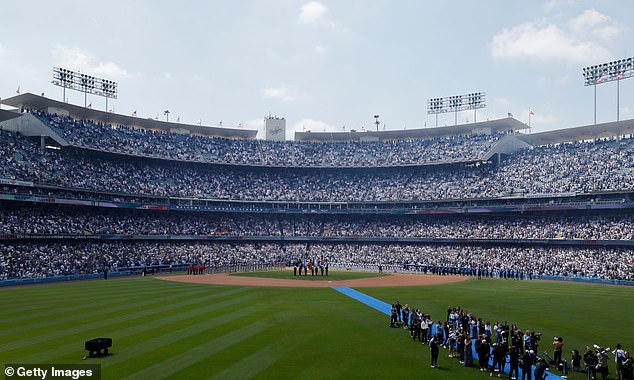
Dodger Stadium was built on land owned by more than 1,800 predominantly Latino families, who can now receive reparations for the “historical injustice” of their forced displacement.
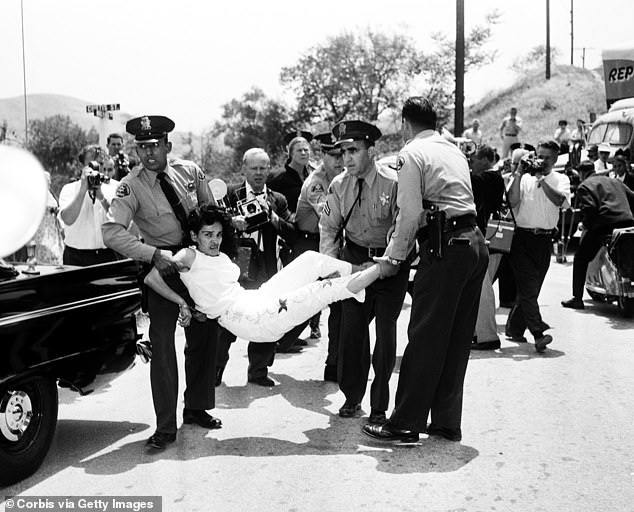

Los Angeles sheriff’s deputies photographed forcibly removing Chavez Ravine resident Aurora Vargas from her home in 1959, the same year the stadium was built.
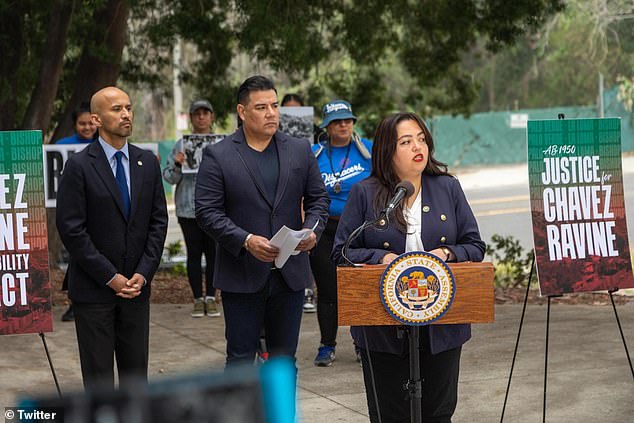

California legislator Wendy Carrillo said at a press conference that she presented her bill, AB50, to ‘address the historical injustice’ of the construction of the famous baseball stadium in the 1950s.
The area now home to Dodger Stadium, Chavez Ravine, encompassed more than 300 acres and was “home to generations of predominantly Mexican-Americans,” Carrillo said.
He argued that families who lost their homes are entitled to reparations since they were unceremoniously removed by Los Angeles officials.
The city acquired the land through eminent domain intended to be used to rebuild improved public housing in the early 1950s, a move that displaced thousands of families.
The project, called Elysian Park Heights, would have consisted of 20 apartment buildings and more than 160 townhouses, plus schools, a university and playgrounds.
Officials later rejected the plans and decided to sell the land to a private developer, who built Dodger’s Stadium on the site.
Construction began in 1959 and was completed in 1962, costing $23 million at the time, the equivalent of more than $236 million today.
Getting construction underway, however, was far from easy: nearly all the families in the area initially refused to move, and some resisted for years.
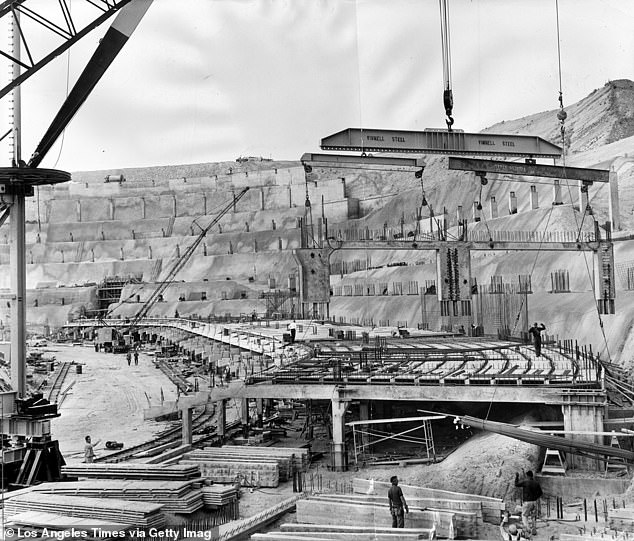

Construction of Dodgers Stadium began in 1959 and cost the equivalent of $236 million.
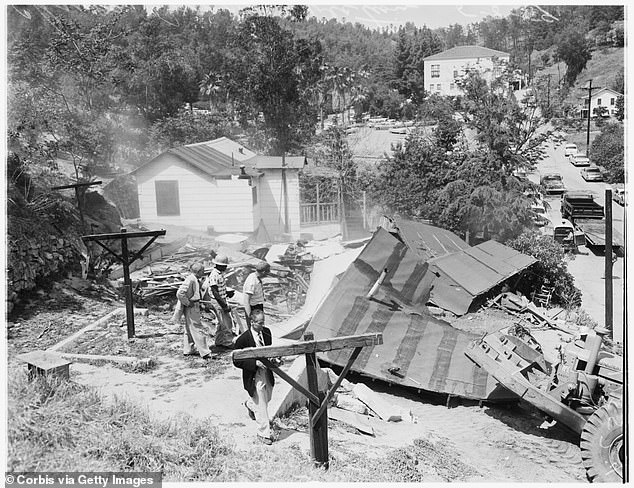

Those who had their homes torn down were promised better public housing projects, which were abandoned by the city before selling the land to a private developer to build the stadium.
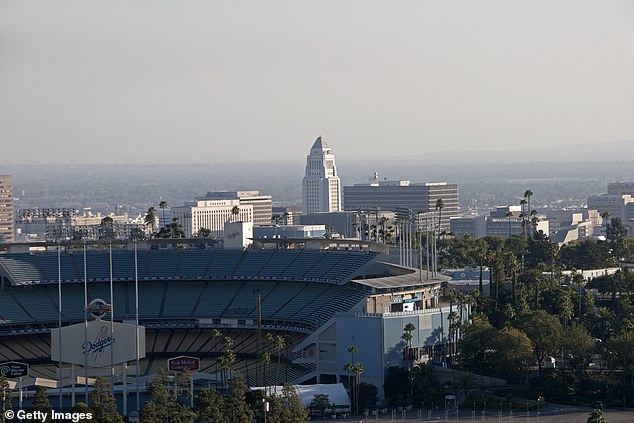

In addition to repairs, the new bill provides for the construction of a permanent monument at the stadium.
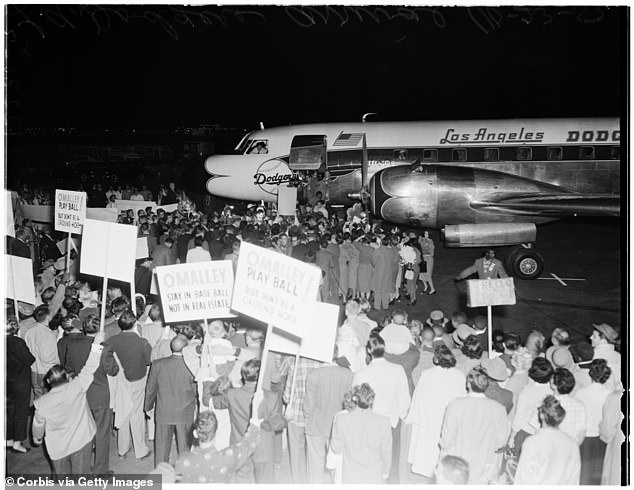

The city acquired the land through eminent domain intended to be used to rebuild improved public housing in the early 1950s, a move that displaced thousands of families.
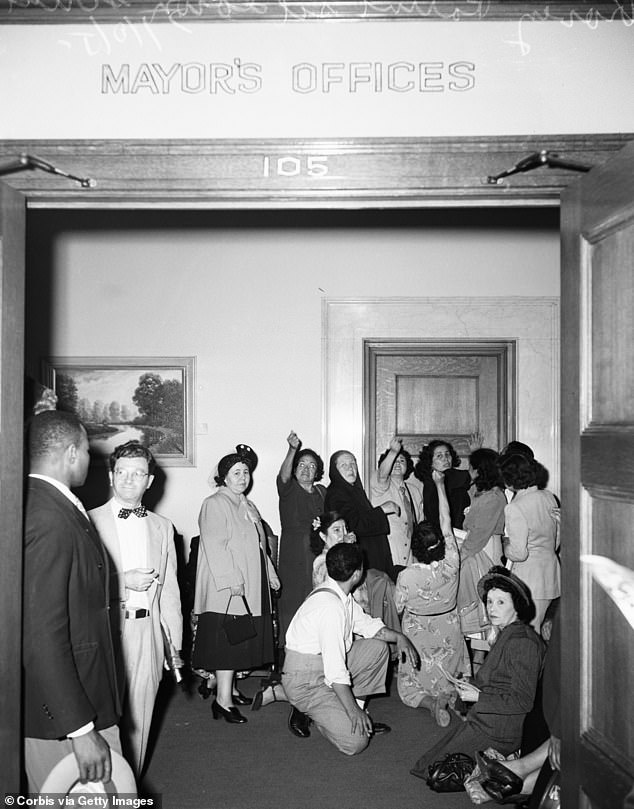

The Chávez Ravine sit-down strike in May 1951
In the early 1950s, some families secured deals to sell their homes outright, before offers were gradually reduced to cause panic among those hoping not to move.
In May 1959, Los Angeles County sheriff’s deputies were called in to remove the last stragglers, as some vowed never to leave their homes.
This led to an infamous image of Aurora Vargas being dragged from her home by agents, kicking and screaming from her property.


California Assemblywoman Wendy Carrillo
Carrillo cited such scenes in a press release promising reparations for displaced families, who were left “destitute” through no fault of their own for the forced removal.
His bill is supposedly backed by the Buried under the blue organization, which says it works for justice for families who were “forgotten and unjustly evicted from their homes and lands.”
In addition to monetary reparations, the legislation would also construct a permanent memorial and proposes “various forms of compensation, including the offer of comparable city-owned real estate to the original owners of Chavez Ravine or the provision of fair value compensation of inflation-adjusted market.
“It also creates pathways for displaced non-landowner residents to receive relocation assistance, access to health care, employment support, educational opportunities, and other forms of compensation deemed appropriate by a newly established task force,” the statement said. Carrillo press.
The legislator added in a press conference: ‘For generations, Chávez Ravine was a beacon of hope and resilience, embodying the dreams and aspirations of families who built their lives within its embrace.
‘With this legislation, we are addressing the past, giving voice to this injustice, recognizing the pain of those displaced, offering reparative measures, and ensuring that we honor and remember the legacy of the Chavez Ravine community.’
